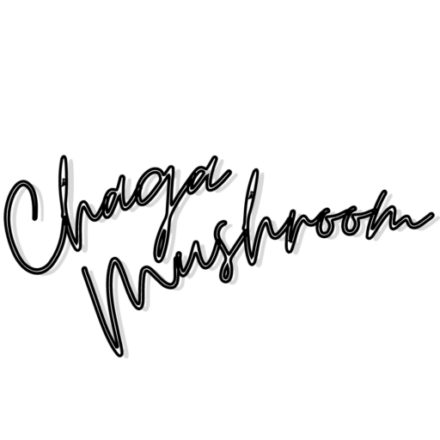There is a lot of mystery surrounding the Chaga mushroom. Some people believe it is a hallucinogen, while others claim it has medicinal properties. In this article, we will explore the truth about the Chaga mushroom and dispel some of the myths that are floating around about it. Chaga mushroom is not a hallucinogen – it has many beneficial properties that can improve your health! It’s time to set the record straight about this mysterious plant.
Hallucinogenic Mushrooms
Many different cultures have used Hallucinogenic mushrooms for their psychoactive effects for centuries. These mushrooms contain compounds that can change perception, mood, and consciousness. While the experience of taking these mushrooms can vary depending on the person, they often produce visual and auditory hallucinations and alter perceptions of time and space. Sometimes, people report feeling more connected to the natural world or having mystical experiences. There is a small risk of negative experiences with hallucinogenic mushrooms, so it is important to be well-informed before taking them.
What is Chaga Mushroom?
Chaga mushrooms have been used in traditional Chinese and Russian folk medicine for centuries. Chaga is a parasitic fungus that grows on birch trees in cold climates such as Siberia, Alaska, and Canada.
This polypore fungus doesn’t look like a mushroom, as most people think of mushrooms. It’s not a mushroom. The growth coming out of the tree is a fungal mycelium, the vegetative part of the fungus. It comprises thousands of branching hyphae, which network with the birch tree, transferring nutrients and communicating with its host.
Some people believe that the Chaga mushroom is a hallucinogen. However, there is no evidence to support this claim. Chaga mushrooms are not psychedelic at all. They do not contain any psychoactive compounds that would cause hallucinations.
What are the benefits of consuming Chaga?
As we have seen, Chaga mushrooms are not hallucinogenic. Instead, the fungus offers a range of benefits to those who consume them. These benefits include:
– Boosting the immune system
– Fighting cancer cells
– Improving digestion
– Providing vitamins and minerals such as Vitamin B12, potassium, and copper.
The fungus contains powerful antioxidants that fight off free radicals and maintain a normal cell cycle. It also acts like prebiotics to stimulate the growth of healthy gut microbiota, which are compounds found in our bodies! The ORAC scale measures how much antioxidant activity there is; Chaga has an ultra-potent source with rich levels on this scale – meaning it will never come as a surprise why they’re one of nature’s best sources for antioxidants.
Related: Health Benefits
How to consume Chaga Mushroom?
Chaga cannot be eaten raw or cooked like other types of mushrooms, for example, button mushrooms or shiitake. It is a hard, dense polypore mass. This functional fungus is not edible in the standard method, but instead, the properties need to be extracted. The extraction process requires prolonged simmering or soaking of the fungus’s chunks or powder. Heat exposure makes the beneficial components bioavailable to the human body, meaning the body can absorb the nutrients.
Traditionally, the polypore is broken into small pieces, then simmered to make tea. The fungus is removed from the mixture before drinking the tea. It is also common to find powdered raw Chaga that can be added to different recipes. Chaga is also famous in skincare, and it’s easy to use binders and make a salve or medicinal application out of it.










